You heard some people use engine enamel for calipers while others use caliper paint on their engines. Assuming that's okay, you are now wondering which paint product is better. No worries! Based on hours of research, we found out this.
Both caliper paint and engine enamel adhere well to metal, have high heat resistance, and last for years. While they share the same qualities in general, some factors, such as the availability of colors, might make one better than the other in terms of personal choice.
You have the answer, but reading the rest of the post will give you more information about the qualities of each. We compared the two paint products to ensure you can choose the best paint for your needs.
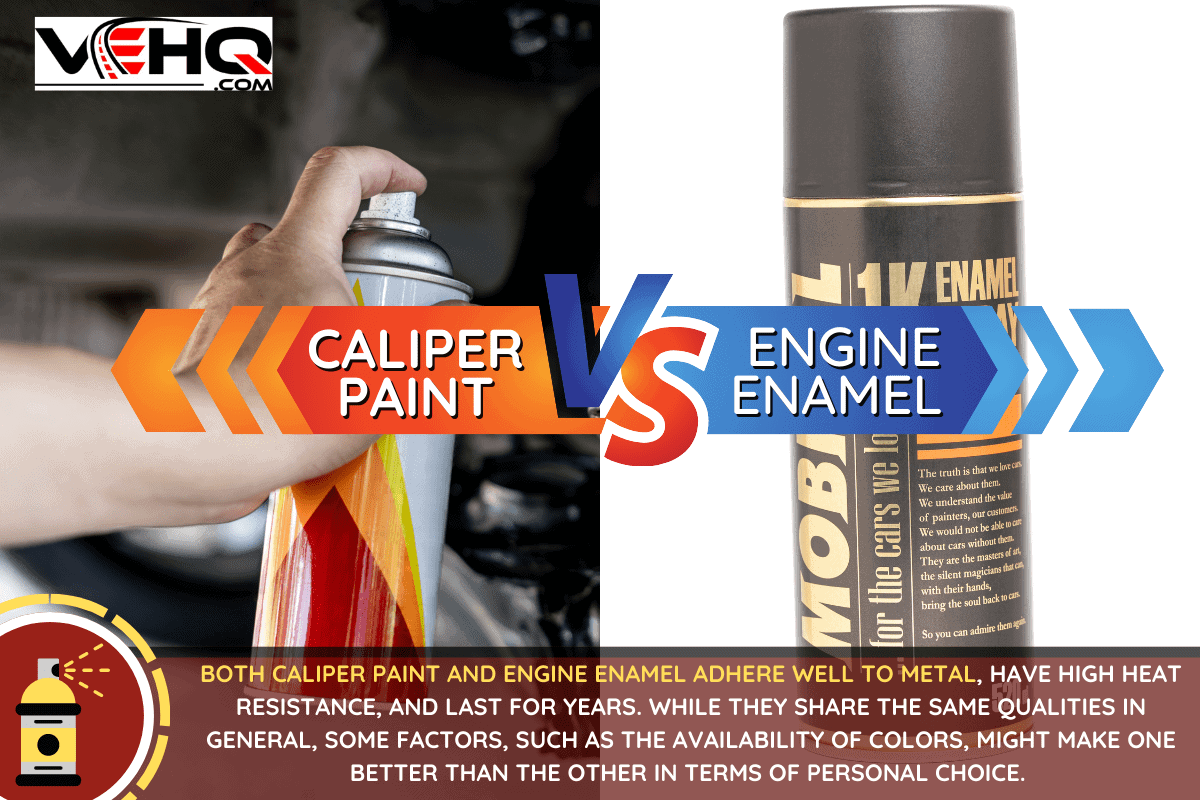
Caliper Paint Or Engine Enamel
You can go easy using the type of paint based on the manufacturer's recommendation. Using either caliper paint or engine enamel on brake calipers and the engine should not be a problem.
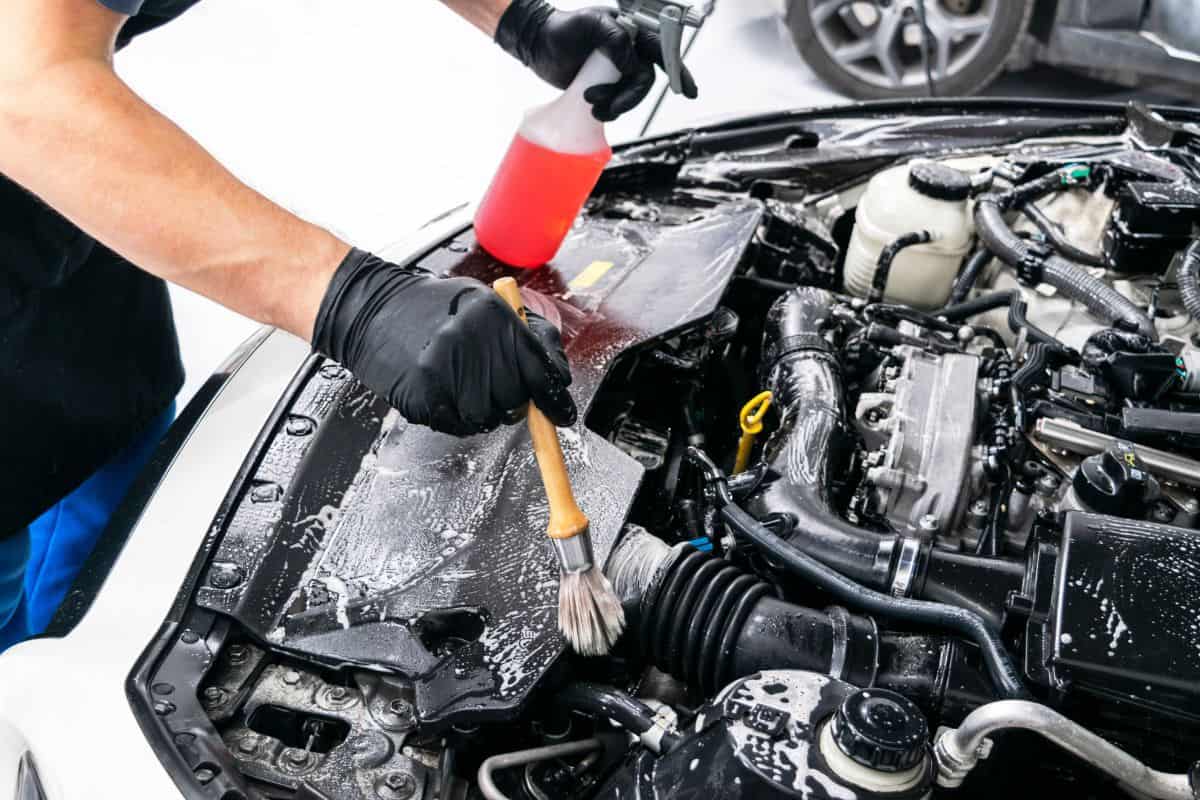
But given that both caliper paint and engine enamel will do the job without sacrificing the integrity of automotive parts, most people would insist on knowing each product's pros and cons to make a better choice.
To answer all your questions about these two types of paint, we made a comparison based on heat resistance, lifespan, color, and other factors.
Heat Resistance
The engine and brake calipers produce heat during operation. As for the calipers, they can get as hot as 500 degrees Fahrenheit or hotter, such as in the case of racetrack cars. Everyday driving, however, makes the caliper hot but records only 400 degrees Fahrenheit on average.
The temperature of everything under your hood, including the engine itself, also increases during operation. On average, the temperature ranges between 190 and 220 degrees Fahrenheit. In some scenarios, the car overwork, and the temperature climbs to 300 degrees Fahrenheit.
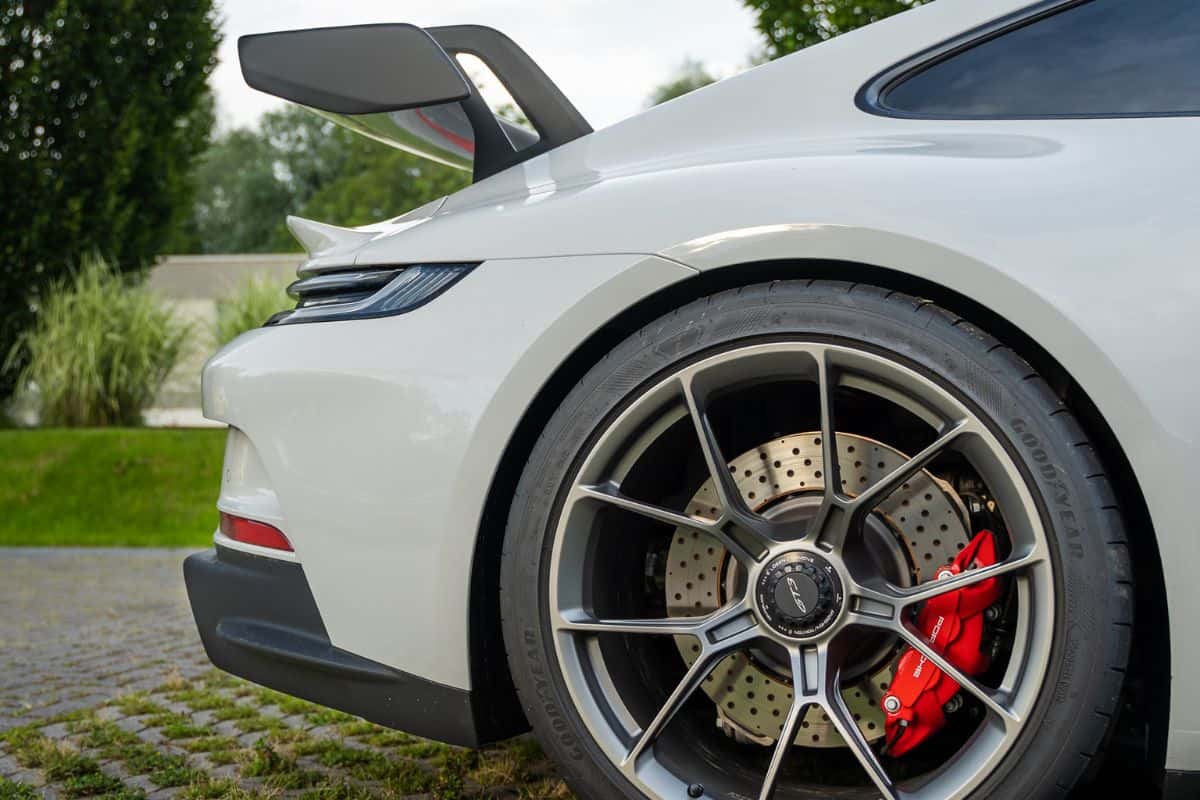
High temperatures require your car parts to only have heat-resistant paint. When searching for heat-resisting paint, the caliper paint wins the category. It offers higher heat resistance as a top factor.
Some caliper paint brands can resist heat as high as 900 degrees Fahrenheit. In contrast, most engine paint products are heat resistant to 500 degrees Fahrenheit only. That's quite a difference, but it should not be a big deal if your car generally runs under normal conditions.
You can settle for caliper paint with the highest heat resistance or go for engine paint, which also resists heat well, and enjoy its other great benefits.
Durability And Lifespan
A quality paint job using caliper paint will last up to 4 years. In contrast, engine enamel lasts longer with its higher hardness level. Utilizing an engine painted with specially formulated hardeners or catalyzed paint can even last for 12 years.
View this engine enamel spray paint on Amazon.
Enamel is a durable type of paint, but while both paint products are enamel, engine paint is in the lead in terms of durability. It will take a lot of stress and time for engine enamel to crack or chip.
In return, your car parts get better protection against damage and even rust. Remember that proper application is the key to achieving the best results, whether using caliper paint or engine enamel.
Color And Finish
Both caliper and engine paints usually leave a glossy finish that keeps them looking new for years. Moreover, engine paints offer a wider range of colors, including signature colors such as Ford Orange and Chevrolet Blue.
It is also possible to customize the color based on preferences. Furthermore, engine and caliper paints are available in flat or matte black.
Check out this engine enamel spray paint in Ford Red on Amazon.
Availability
Caliper and engine paints are standard in a spray can packaging, but you can also buy them in tin cans. Most brands offer engine and caliper paints in cans of 250ml, 500ml, and 1000 ml.
Drying Times
One characteristic of enamel paint is its fast drying time; caliper and engine paints use enamel for the base. The drying times of the paints vary slightly according to the brand, humidity, application, and other factors, but it should not take a long while.
In most cases, caliper paint should be dry to the touch in 2 hours and completely dry the following day. On the other hand, engine paint is often dry to the touch in 20 minutes but takes a whole week to cure fully.
Application
Use spray, rollers, or paintbrush to apply engine and caliper paints easily. The preparation process might take some time. Remember that the quality of preparation and application determines the result.
Tips On Applying Heat Resistant Paint
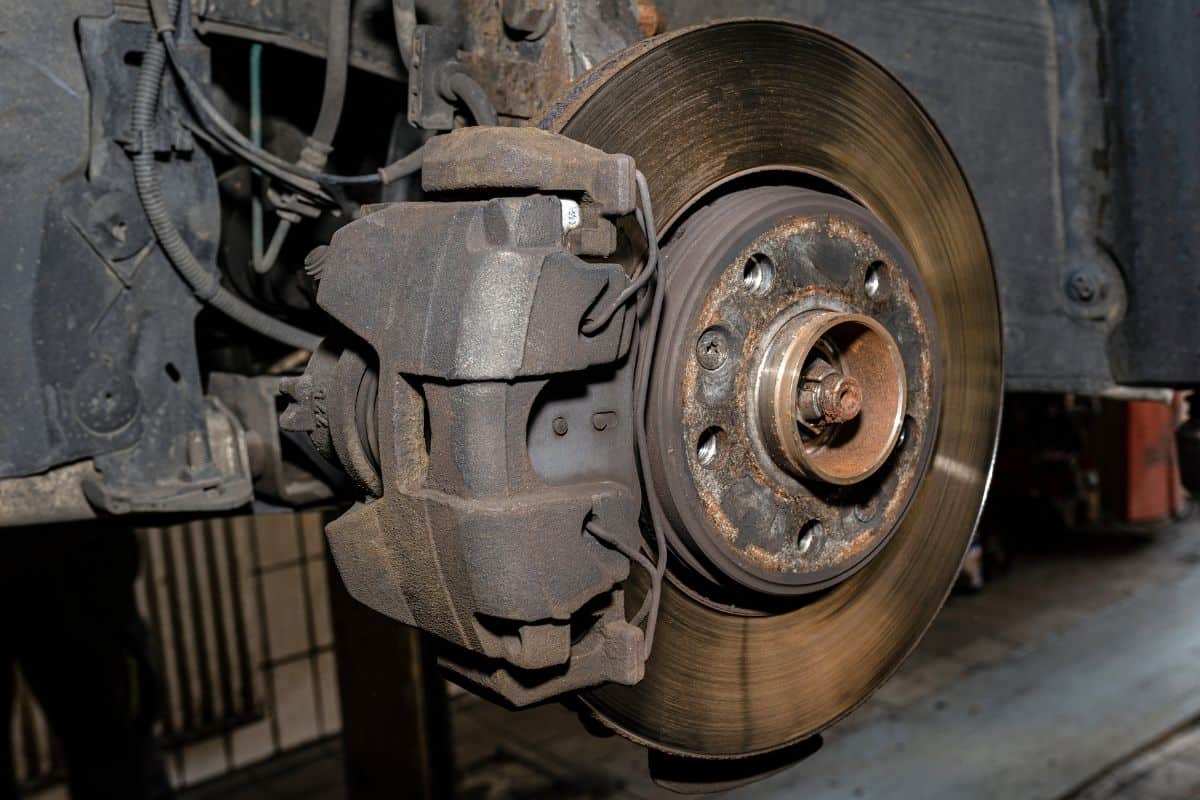
It does not matter whether you use caliper paint or engine enamel, but you should do it properly. When applying paint on bare metal, use a heat-resistant primer first. Otherwise, you should prepare the surface by doing the following:
- Peel off loose paint
- Use a deglosser
- Sand the surface to remove rust
- Scrape off embossed letterings and decals
- Cover patches and holes
Paint when the sun is warm so that paint dries and hardens faster. The general recommendation for temperature is no less than 50 degrees Fahrenheit.
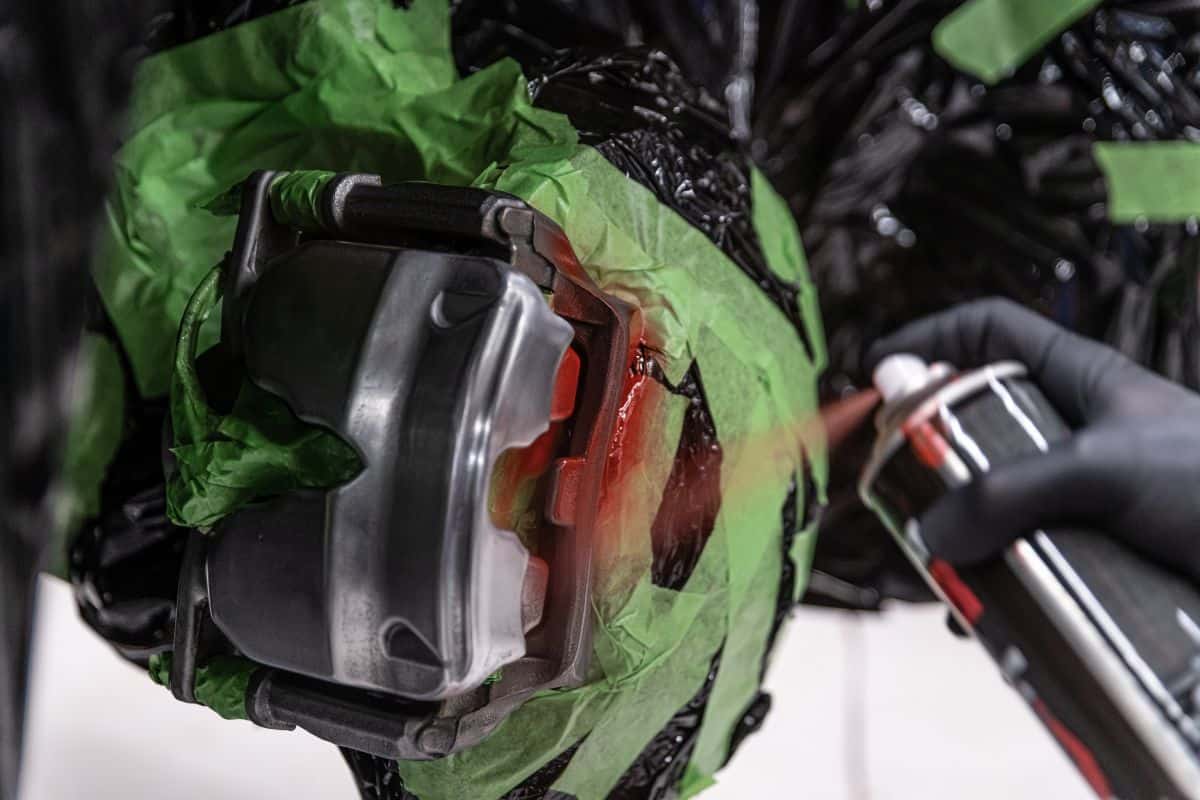
Use a plastic sheet and masking tape to cover parts you don't intend to paint. If possible, remove the parts entirely for full access.
For best results, apply three coats of paint. Between coats, you should wait at least 10 minutes to dry or use the recommendation on the product label.
Apply each coat evenly, following the same direction. The first coat may not leave pleasing results as expected, but you should achieve a full, wet look coverage after the third coat.
Apply a clear coat after the paint has dried. Two coats will give more protection and a better appearance.
Does Engine Paint Work On Calipers?
You can use engine paint on brake calipers, and there should be no problems with the result when applied correctly. Engine paint is a metal paint specially formulated to withstand high temperatures, just like caliper paint. It also has a high hardness level making it durable and resistant to corrosion and rust.
While heat resistance is one important factor when choosing a paint for your calipers, you should know that most engine block paint can only withstand temperatures up to 500 degrees Fahrenheit. Normal driving conditions produce 400 degrees Fahrenheit on average.
Therefore, you should use caliper paint if your brakes engage in excessive stress. Caliper paint has a higher heat resistance of up to 900 degrees Fahrenheit.
Does Caliper Paint Need Primer?
Yes, it does! A primer is a must for caliper paint. Caliper paint won't stick to bare metal well. When choosing a primer, do not just go for the usual metal primer; it must be one that can withstand high temperatures.
Using an ordinary primer under caliper paint will also cause the paint to slide off sooner or later.
You must apply a couple of primer coats to achieve good results. Apply the primer evenly and wait for at least 10 minutes before applying the second coat. Wait for the primer to dry before applying caliper paint.
Does Engine Paint Need Primer?
Like caliper paint, engine paint will not adhere to plain metal. Therefore, all automotive parts must have a primer before painting. Applying engine paint on bare metal will leave splotchy coverage. A primer with high heat resistance must be used for the engine block.
View this heat-resistant primer on Amazon.
Can You Use Normal Spray Paint On Calipers?
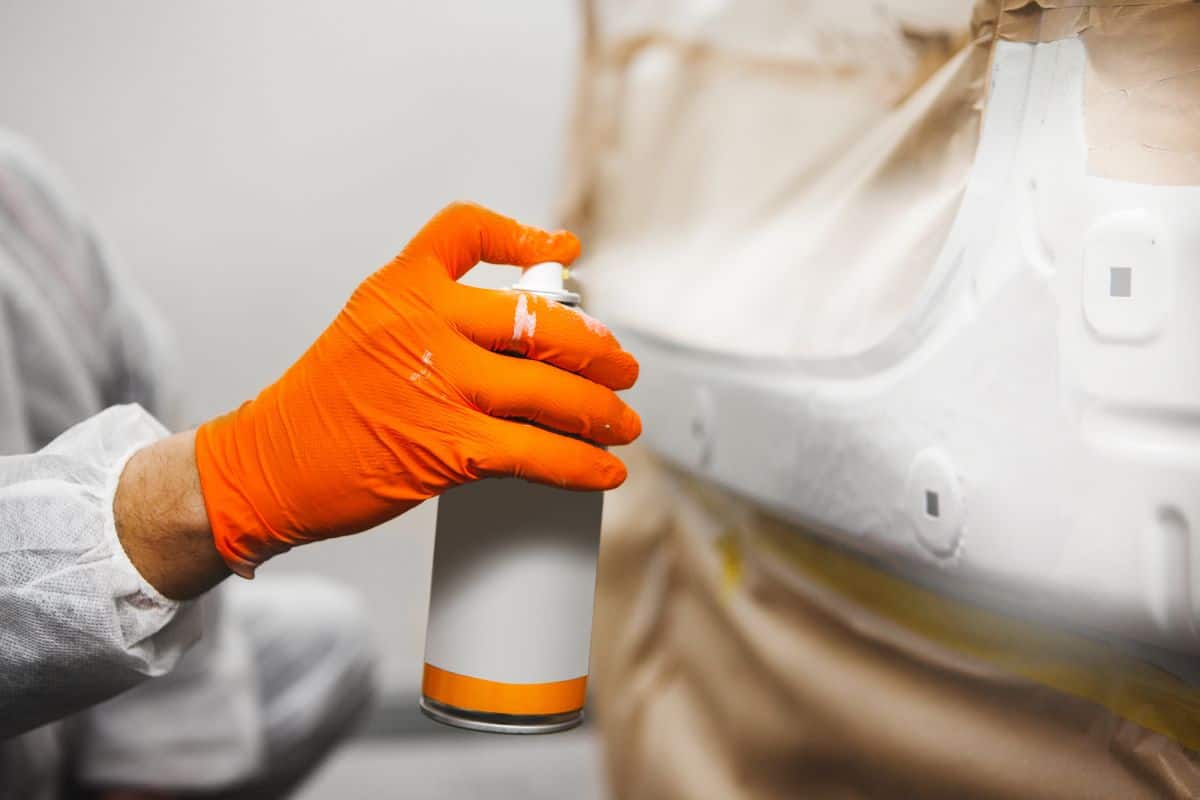
You can't use regular spray paint on calipers, just as you can't use ordinary enamel paint on them. Caliper brakes go through a lot of stress and get excessively hot.
Regular paint is not formulated to withstand excessively high temperatures. Choose a paint that is recommended for calipers to get the best coverage, heat resistance, durability, and lifespan.
Final Takeaway
Remember that caliper paint and engine enamel are formulated to withstand high temperatures, a top consideration when painting car parts that get hot.
However, they are different products, giving them advantages and disadvantages. They would generally work fine on automotive parts with the proper application but choosing between them depends on your needs.
Do you find this post helpful? If so, you may also like these posts:



